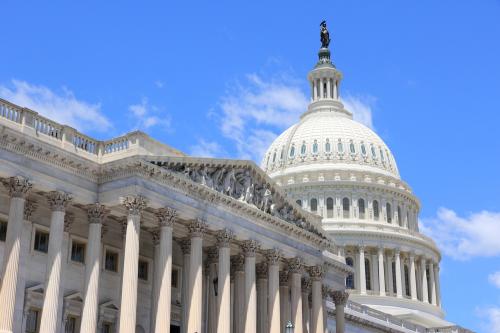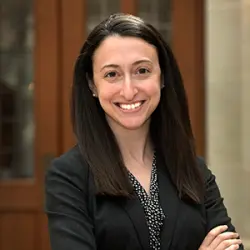This analysis is part of the USC-Brookings Schaeffer Initiative for Health Policy, which is a partnership between Economic Studies at Brookings and the University of Southern California Schaeffer Center for Health Policy & Economics. The Initiative aims to inform the national health care debate with rigorous, evidence-based analysis leading to practical recommendations using the collaborative strengths of USC and Brookings. The following is an excerpt of a piece that was published in Health Affairs Forefront on June 23, 2022.
On Wednesday, June 15, the Senate Committee on Health, Education, Labor and Pensions advanced its version of the must-pass Food and Drug Administration (FDA) user fee reauthorization bill. Previously, I had reviewed several key similarities and differences between the Senate and House bills, with a focus on their impact on reforms to the prescription drug approval process.
In this article, I delve deeper into an important aspect of the Senate bill which is not yet present in the House’s version: the Verifying Accurate Leading-edge IVCT Development (VALID) Act, which would provide FDA with greater authority to regulate diagnostic tests. I provide a brief explanation of these tests and FDA’s previous efforts to regulate them, before analyzing core provisions of the VALID Act and how it would change the existing legal landscape. Finally, I briefly look ahead to issues that may arise as a result of these changes, including FDA’s relationship with the Centers for Medicare and Medicaid Services (CMS).
Read the full piece in Health Affairs Forefront here.
The Brookings Institution is financed through the support of a diverse array of foundations, corporations, governments, individuals, as well as an endowment. A list of donors can be found in our annual reports published online here. The findings, interpretations, and conclusions in this report are solely those of its author(s) and are not influenced by any donation.






Commentary
FDA user fee reauthorization: Contextualizing the VALID Act
June 23, 2022